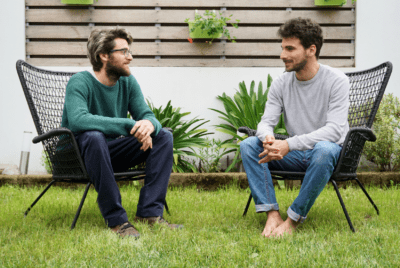RESEARCH
A Methodological Approach to Understanding the Wellbeing and Restorative Benefits Associated with Greenspace
Summary
This paper reviews methodologies used to study the wellbeing and restorative effects of greenspace, arguing that much research focuses solely on the visual sense, creating a “modal vacuum.” The paper highlights research findings from various disciplines that contribute to understanding greenspace benefits and outlines an approach using eye tracking in conjunction with visual and auditory stimuli. The goal of this approach is to uncover the mechanisms behind the restorative qualities of certain environments.
The reviewed studies involved various participants and methods, including assessing aesthetic and behavioral preferences using photographs, measuring perceived restorativeness with scales like the Perceived Restorativeness Scale (PRS), and inducing fatigue through cognitive tasks. Results from these studies suggest that natural environments promote emotional wellbeing, restore directed attention, and reduce stress compared to urban settings. The paper proposes future research should incorporate sound and eye tracking to better understand the complex sensory experience of greenspace.







